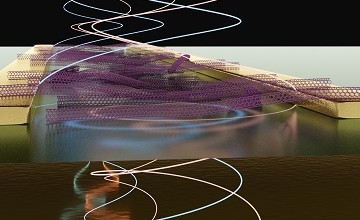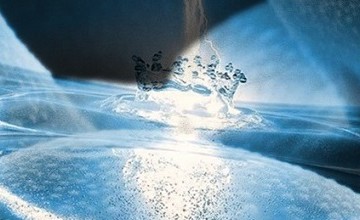
Carbon nanotubes turn electrical current into light-matter quasi-particles
Strong coupling in carbon nanotubes may hold the key to electrically driven organic lasers

Strong coupling in carbon nanotubes may hold the key to electrically driven organic lasers

New method of creating electrode nanoarchitectures could be an energy game-changer

US$150,000 in prizes awarded
Key issues on the future of wind power are addressed in a high-profile seminar.
An international team of researchers has collaborated to perform a landmark experiment which could revolutionise the future of new technology.
* CAPTION - Professor Peter Bruce, School of Chemistry, University of St Andrews. Credit - Royal Society of Edinburgh *
A University of St Andrews scientist is the bright spark behind some of the world's most efficient new lighting devices.
Dr Mary Archer is to give a public lecture on alternative energy sources at the University of St Andrews next week (Tuesday 14 May 2002).
EMBARGO - 1300 HOURS - WEDNESDAY 9 MAY 2001